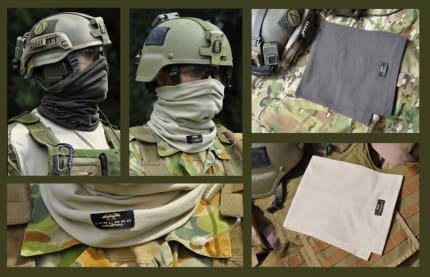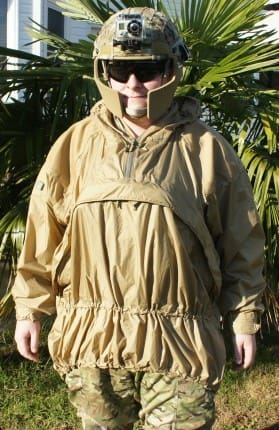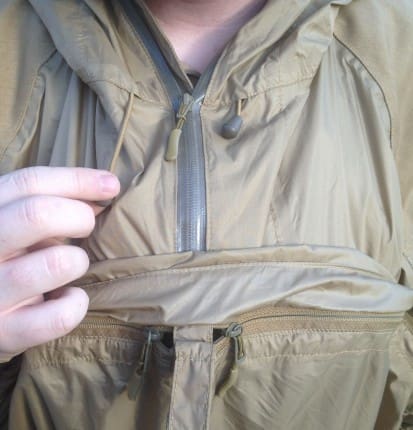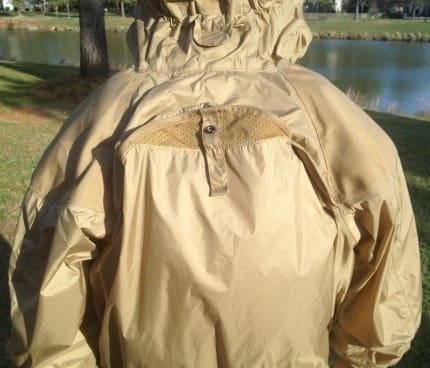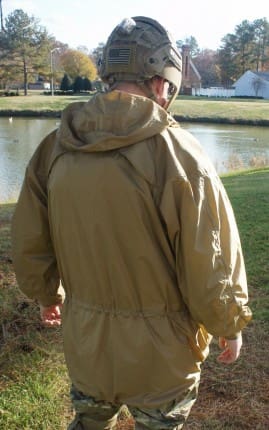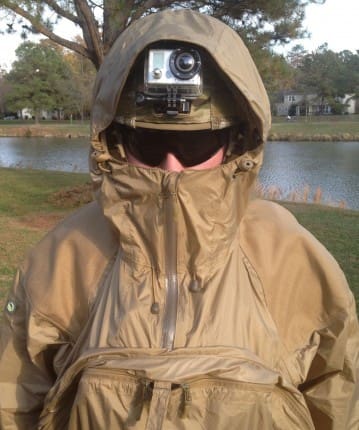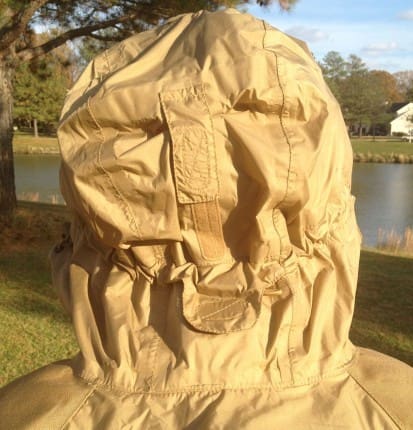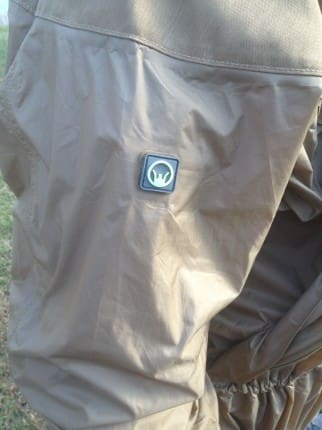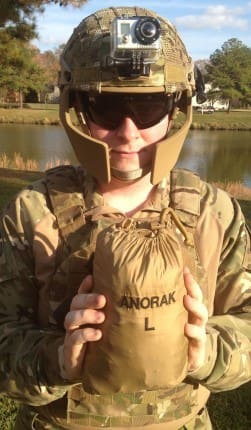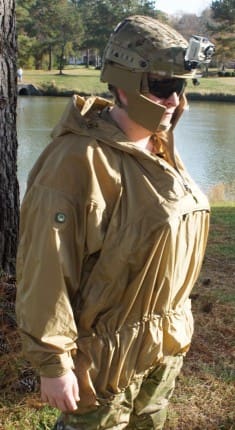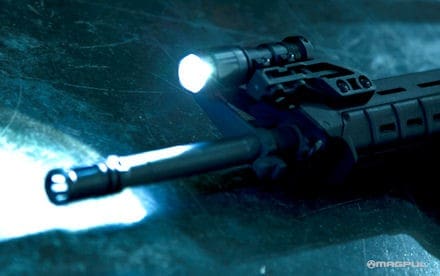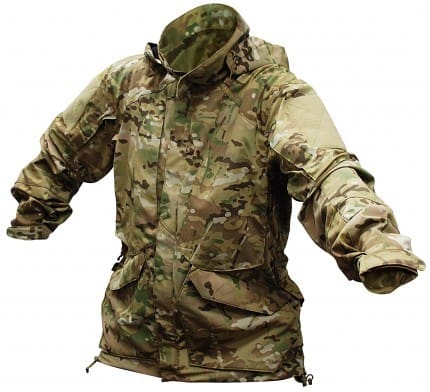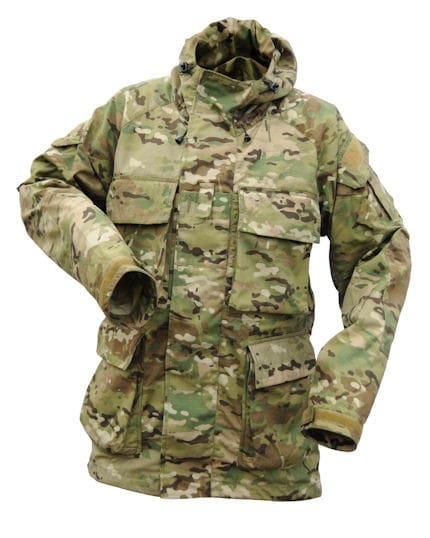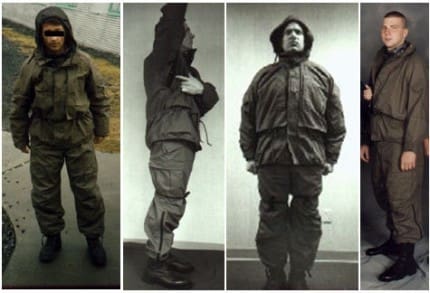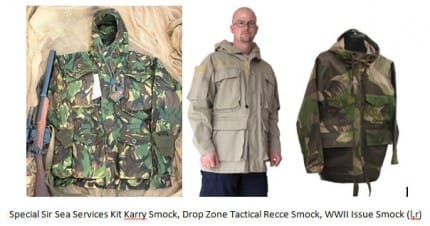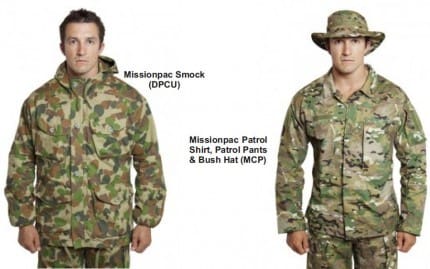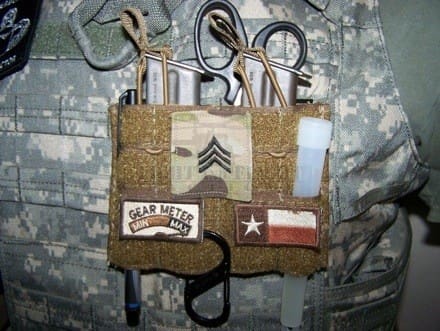The Marine Corps posted a Sources Sought Notice late last week for a new “Modular Armor System” to replace both Plate Carrier and Improved Modular Tactical Vest which hasn’t even been fielded yet.
Marine Corps Systems Command (MARCORSYSCOM) is conducting market research, and identifying potential sources and best practice information towards designing, developing, and procuring a Modular Armor System. The system will allow the individual Marine to configure and tailor the armor level based on mission requirements.
The United States Marine Corps (USMC) envisions at this time a single system that will be capable of providing the area of coverage of the current USMC Plate Carrier and expanding to a soft armor area of coverage equal to the USMC Improved Modular Tactical Vest (IMTV) with the Pelvic Protective System Protective Overgarment (POG). The system will be able to provide supplemental armor protection to the extremities.
The envisioned system will either integrate with current hard armor ballistic plates or a new hard armor plate design. There are no constraints on symmetry or materiel for soft and hard armor. Hard Armor threat defeat capability equal to that of the XSAPI is required with a desired maximum allowable areal density of 7.0 pounds per square foot. The soft armor performance within the torso and extremity regions is required to possess performance equal to the OTV CO-PD-00-2G with a desired maximum allowable areal density of .85 pounds per square foot. The carrier will possess the Pouch Attachment Ladder System (PALS) webbing for the mounting of modular pouches, have a single pull emergency release located on the center of the vest below the neckline and integrate with the USMC Chest Rig without impeding the quick release of the carrier.
The desired system will not exceed the cumulative weight of the IMTV with torso and flank plates. This suite will enable the individual Marine to configure components to best meet specific mission requirements by optimizing/balancing human factors engineering (e.g. comfort and usability), integration with fielded Load Carriage Equipment (LCE) and cost (production and maintenance).
It is important to note that the RFI states that “Modular Armor System’s attributes have not yet been finalized” so this is your chance to help influence the writing of the final requirement.
Potential sources of supply have until 30 December, 2011 to notify the Marines of their concept. Additionally, the Program Management Office (PMO) will have representatives attending the January 2012 Shooting, Hunting and Outdoor Trade (SHOT) Show in Las Veagas. Look for a separate posting on FedBizOpps with details on how to arrange a visit.


